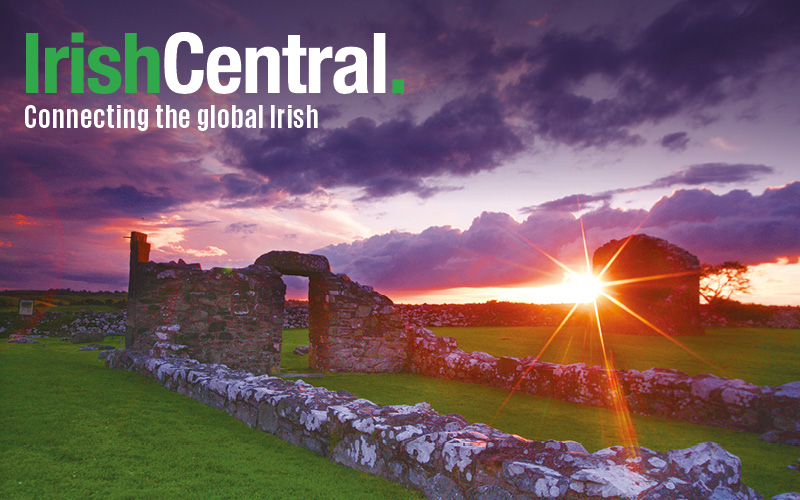Think what it means to be a teenager in America. For as long as you can remember you will know you’re not safe. Schools are sites where mass carnage have occurred – and are occurring – and will occur, with no end in site.
What kind of message does that send exactly? It says adults cannot or will not protect you. They simply cannot or will not reach agreement about what to do.
So they leave you exposed at an age when you’re most vulnerable. They make you realize that the world is unsafe, and that you are unsafe, and that’s just how it is.
Of course when kids feel unsafe they act out, consciously and unconsciously. It should not be a surprise that fully 30 percent of teenagers are involved in bullying, either as bully or victim – because anxiety needs an outlet.
And when it comes to gay teens – the traditional high school scapegoats -- the numbers literally explode. Nine out of 10 gay teens say they were bullied because of their orientation according to the most recent statistics.
All that harm, all that emotional damage, occurring daily, not 10 blocks from where you sit. You’re kidding yourself if you think there are no consequences from it.
To the Europeans who come here, American high schools can sound (and look) like war zones. We cannot believe how dangerous they are, how much bullying is permitted to thrive in them. We have serious reservations about the kind of lessons they inadvertently teach students.
Instead of being places of learning, they often sound like chapters of The Hunger Games or other Social Darwinist proving grounds where simply to remain standing by graduation is increasingly a result.
But how do you think all these mass shooting news reports look to the rest of the world? There are 81,300 nonfatal injuries and 31,672 deaths every year involving guns in the United States. That works out to about 308 shootings and 86 deaths every day. There are people who will not fly here out concern for their own safety.
A lot gets written and said about gun violence here, editorials get written and hands get wrung, but precious little ever gets done on the national level.
Failure to act is itself a kind of action. The message it sends is the same message that American teens grow up hearing: that’s how it is and we can’t change it.
Just one school shooting changes the lives it doesn’t end. It leaves behind a stricken community. It shreds innocence, and it casts a lifelong shadow.
We don’t give enough thought to the left behind in America because the frontier life here made for hardy spirits. Live in the past and you’ll be buried in it. This is no country for the heartbroken.
TV and news reports here have a circus like quality. They give the latest disease or terrorist outrage blanket coverage, and then they fold up their tents and move on.
What’s missing is any in depth analysis. Whey they never do is join up the dots.
Everything connects. Lack of access to health care or a daily meal drives people to make bad decisions. Those bad decisions can result in poor health.
Disease can spread; it can even be created. Ebola is as much a product of poverty, war and neglect as it is of biology.
Gun violence also has a history and root cause, but we want to act as if we do not know this because it challenges how we think and live. Millions of people in America would rather countenance the prospect of further school shootings than reconsider their values or beliefs.
There are outrages as horrific as Sandy Hook still ahead of us. On that December day in 2012, Adam Lanza, 20, shot and killed 20 children and six teachers and staff at Sandy Hook Elementary School in Connecticut before killing himself. He had earlier murdered his own mother in their Newtown home.
If the message of that day had not reached you by now, it likely never will. Of course it was an outrage, but the dimension of it, the sheer cruelty and scope of it, should have shaken the nation out of its strange torpor over guns.
Lanza had an arsenal of weapons at hand. America still sees no problem with it.




Comments